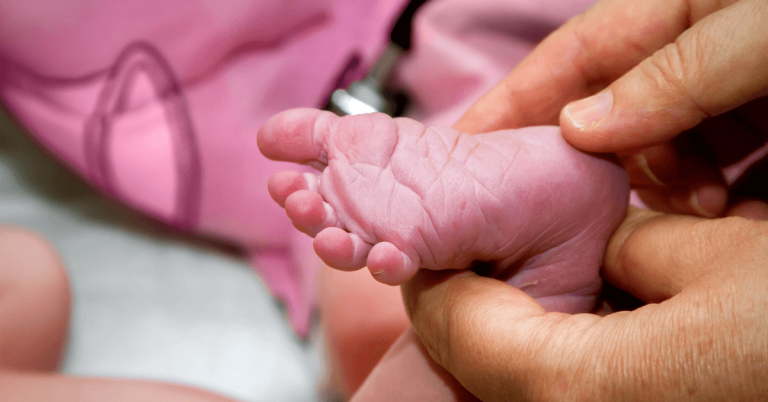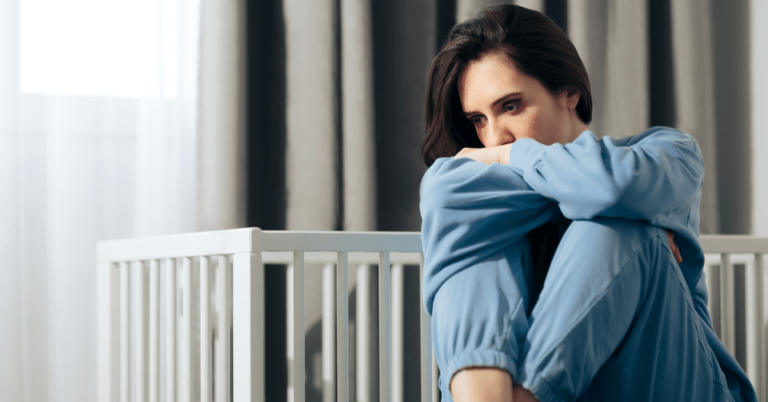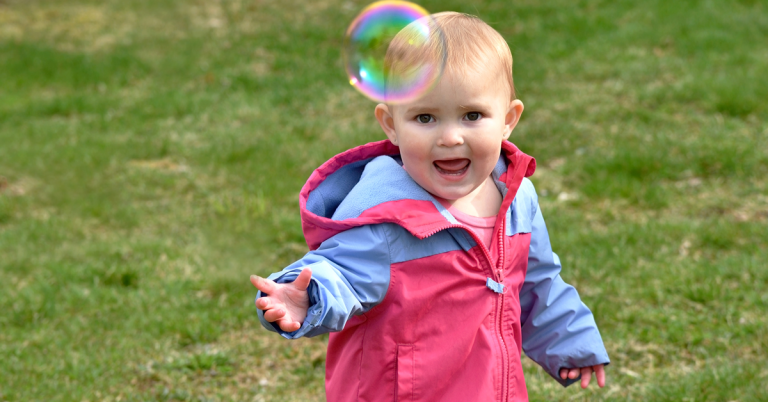A baby needs oxygen and essential nutrients to continue its life and development in the mother’s womb.
However, it must expel substances that are harmful to itself. Babies can do all this transfer through their mothers. All material exchanges between the mother and the baby occur through the placenta. Inside the uterus, the placenta and the baby develop simultaneously. The placenta is located in the inner lining of the uterus, next to the baby.
How Does a Baby Breathe While in the Womb?
It serves until birth during pregnancy and ends after birth. After the baby’s birth, in about five to ten minutes, it is also expelled by the contraction movements of the uterus. Mother and baby blood meet in the placenta, but they never mix.
After the necessary substances are exchanged, the mother’s blood returns to the mother, and the baby’s blood returns to the baby. In addition, the placenta has other vital functions like hormone production. The baby’s blood reaches the placenta through the umbilical cord, and the mother’s blood runs the blood vessels in the womb.
Thanks to the veins in the cord, the baby’s blood reaches the placenta, takes the substances it needs and gives the harmful substances to the mother’s blood. Substances taken by the baby are essential such as water, oxygen, salt, protein, calcium, iron and vitamins required for proper development and growth. It gives carbon dioxide and other substance residues that it does not need to the mother.
If there is not enough calcium in the mother’s body, the calcium in the mother’s teeth passes into the blood and tries to compensate for the baby’s calcium deficiency. Therefore, the mother may lose a tooth to meet her baby’s needs.
Babies do not breathe in their mothers’ wombs through their lungs. As you know, respiration is accomplished by taking in oxygen and giving out carbon dioxide. This situation is different for babies. The baby receives oxygen directly from the mother’s blood and releases the carbon dioxide that it does not need now into the mother’s blood. In other words, it breathes through the mother’s lungs.
Would you like to share your experiences and questions as a comment?
Have a nice and healthy day!







